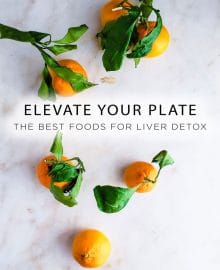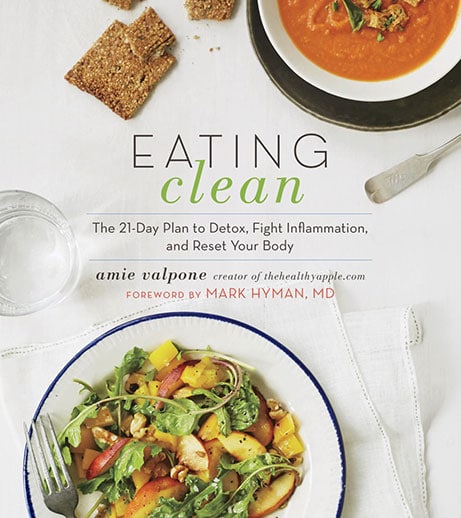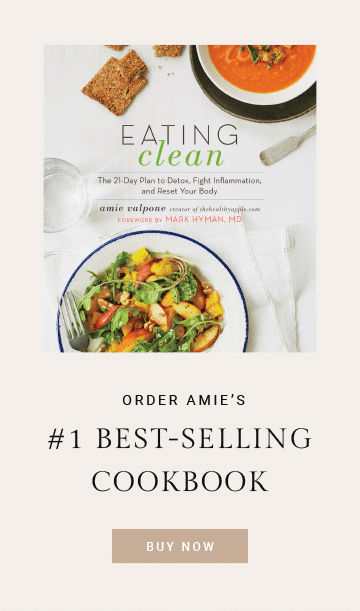
Omega 3 Fatty Acids
These healthy fats help prevent a wide range of medical problems such as depression, asthma, rheumatoid arthritis and cardiovascular disease. Unlike the saturated fats found in butter and lard, Omega 3 fatty acids are polyunsaturated.
- Eat fish at least 2 times a week. Cold water and fatty fish such as mackerel, lake trout, herring, sturgeon, anchovies, sardines, albacore tuna and salmon are high in Omega 3 fatty acids.
- Experiment with eating tofu and other forms of soybeans, canola, walnuts and flax seeds, and their oils. These contain alpha-linolenic acid which can become Omega 3 fatty acid in the body.

Omega 3 not only plays a vital role in the health of the membrane of every cell in our body, it also helps protect us from numerous health threats. The benefits of Omega 3’s include reducing the risk of stroke and heart disease while helping to reduce symptoms of joint pain, rheumatoid problems, certain skin ailments, hypertension, ADHD, and depression. Moreover, some research has shown that Omega 3’s can boost the immune system and help protect us from illnesses such as Alzheimer’s disease.
So, why is Omega 3 so amazing? Experts say these fatty acids encourage the production of body chemicals that help control inflammation in the tissues, bloodstream, and joints. Moreover, these Omega 3’s reduce the negative impact of Omega 6 fatty acids, which are found in poultry, cereals, baked goods, margarine, vegetable oils and eggs. These fatty acids support skin health, lower cholesterol and help make our blood “sticky” therefore allowing it to clot. However, when Omega 6’s are not balanced with enough Omega 3’s in our bodies, problems can arise. For instance, too much Omega 6 leads to clot formation, which can increase the risk of stroke and heart attach.

Sadly enough, the typical American diet has a ratio of approximately 20: 1 Omega 6’s to Omega 3’s respectively. Experts say we need to move that ratio to look more like a 4:1. Keep in mind that we don’t have to get a daily supply of Omega 3’s, as long as we maintain a weekly intake of 6-8 grams, your body will have what it needs.
Along with the cold water fish listed above, we need to incorporate foods such as flax seed, canola oil, broccoli, cantaloupe, kidney beans, grape leaves, spinach, Chinese cabbage, cauliflower and walnuts.

Here is a great Heart-Healthy Omega 3 recipe for you to try.
Bake-Less Peanut Butter Bars
Makes 8 Bars
Ingredients
- Olive Oil cooking spray
- 1 Tbsp. Organic Dairy Free Margarine
- 3/4 cup Organic Peanut Butter
- 1 cup Nature’s Path Hemp Plus Omega 3 Granola
- 1/4 cup Dried Cherries
- 2 Tbsp. Organic Honey
- 1/3 cup Ground Flax seed
- 1/2 cup Organic Brown Rice Cereal
- Handful of crushed Walnuts
Directions
- Spray an 8 x 8 baking pan with cooking spray.
- Microwave margarine, peanut butter, and honey in a small bowl until melted. Mix well.
- Add granola, brown rice cereal, walnuts, dried cherries and flax seed.
- Spread the mixture into the baking pan and flatten with a sheet of wax paper.
- Let cool in the refrigerator.
What Omega-3 rich foods to you incorporate into your meals?

















